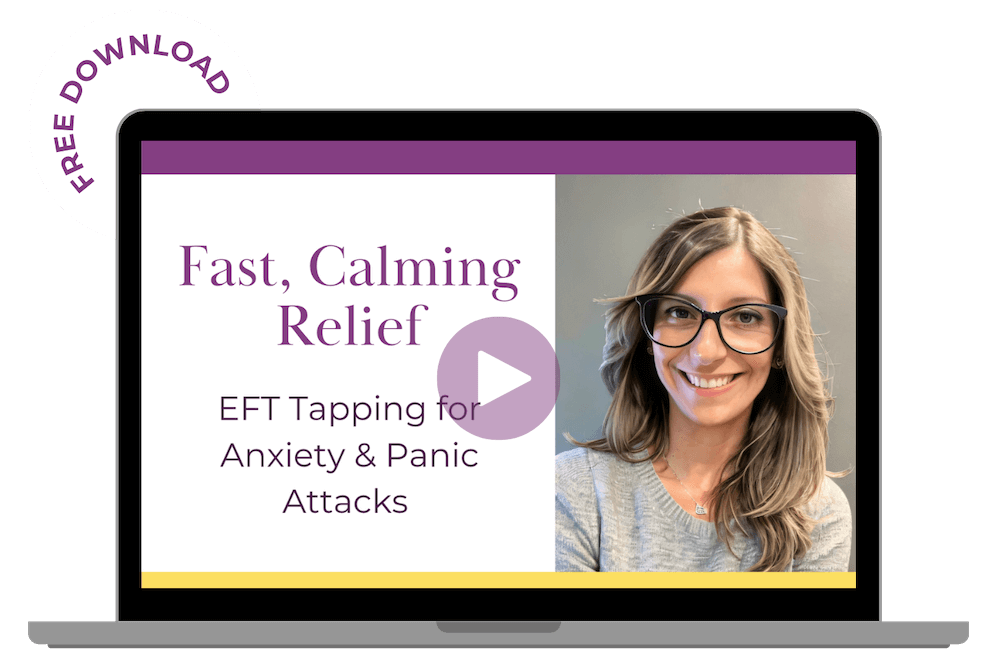Introduction: Anxiety is a universal experience, but its impact can be particularly pronounced in women. From hormonal fluctuations to societal pressures, women face a unique set of challenges that can contribute to the development and exacerbation of anxiety disorders. In this blog, we’ll explore the nuances of anxiety in women, shedding light on its prevalence, causes, and coping strategies.
- The Prevalence of Anxiety in Women:
- Women are more than twice as likely as men to be diagnosed with an anxiety disorder, with an overall lifetime prevalence rate of 33.1% compared to 19.2% for men.
- Hormonal fluctuations, particularly during puberty, menstruation, pregnancy, and menopause, can exacerbate anxiety symptoms in women.
- Sociocultural Factors:
- Societal expectations and gender roles can play a significant role in shaping women’s experiences of anxiety. From the pressure to excel in multiple roles (e.g., as caregivers, professionals, and homemakers) to the pervasive influence of social media and unrealistic beauty standards, women often face heightened stressors that can contribute to anxiety.
- Additionally, experiences of gender-based violence, discrimination, and systemic inequalities can further compound feelings of anxiety and distress among women.
- Co-Occurring Conditions:
- Women with anxiety disorders are more likely to have co-occurring mental health conditions, such as depression, eating disorders, and post-traumatic stress disorder (PTSD).
- The relationship between anxiety and other conditions can be complex and intertwined, requiring comprehensive treatment approaches that address both the underlying anxiety disorder and any coexisting mental health issues.
- Coping Strategies:
- Despite the challenges, women have a wealth of coping strategies at their disposal to manage anxiety effectively. These may include:
- Seeking support from mental health professionals, friends, and family members.
- Engaging in self-care practices such as exercise, mindfulness, and relaxation techniques.
- Setting boundaries and prioritizing self-compassion.
- Advocating for gender equity and challenging societal norms that contribute to women’s stress and anxiety.
- Despite the challenges, women have a wealth of coping strategies at their disposal to manage anxiety effectively. These may include:
- The Importance of Seeking Help:
- Recognizing the signs and symptoms of anxiety is the first step toward seeking help and support. It’s essential for women to know that they are not alone in their struggles and that effective treatments are available.
- Whether it’s through therapy, medication, support groups, or a combination of approaches, there is hope for women living with anxiety to find relief and regain control over their lives.
Conclusion: Anxiety in women is a multifaceted and complex issue influenced by biological, psychological, and sociocultural factors. By understanding the unique challenges faced by women and promoting mental health awareness and support, we can create a more inclusive and compassionate society where women feel empowered to prioritize their well-being and seek the help they deserve. Remember, you are not alone, and help is available.







